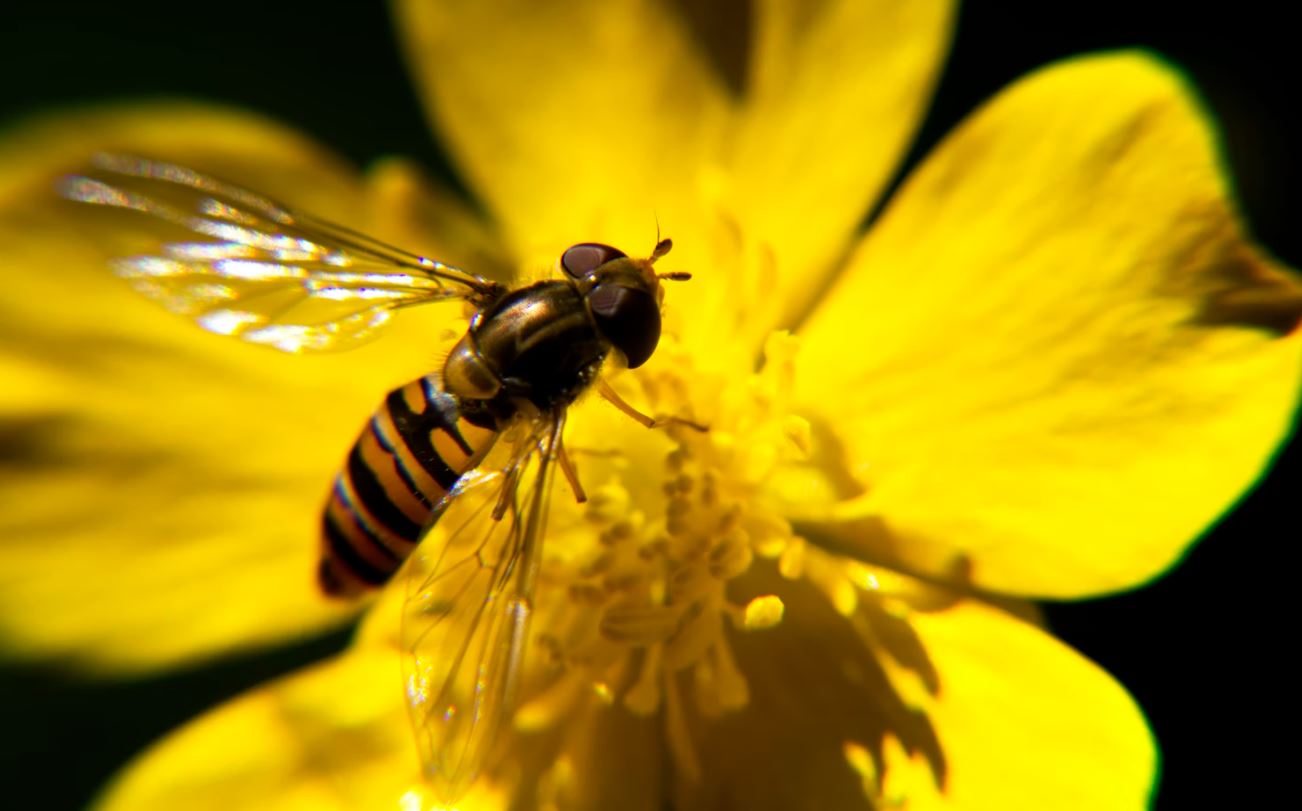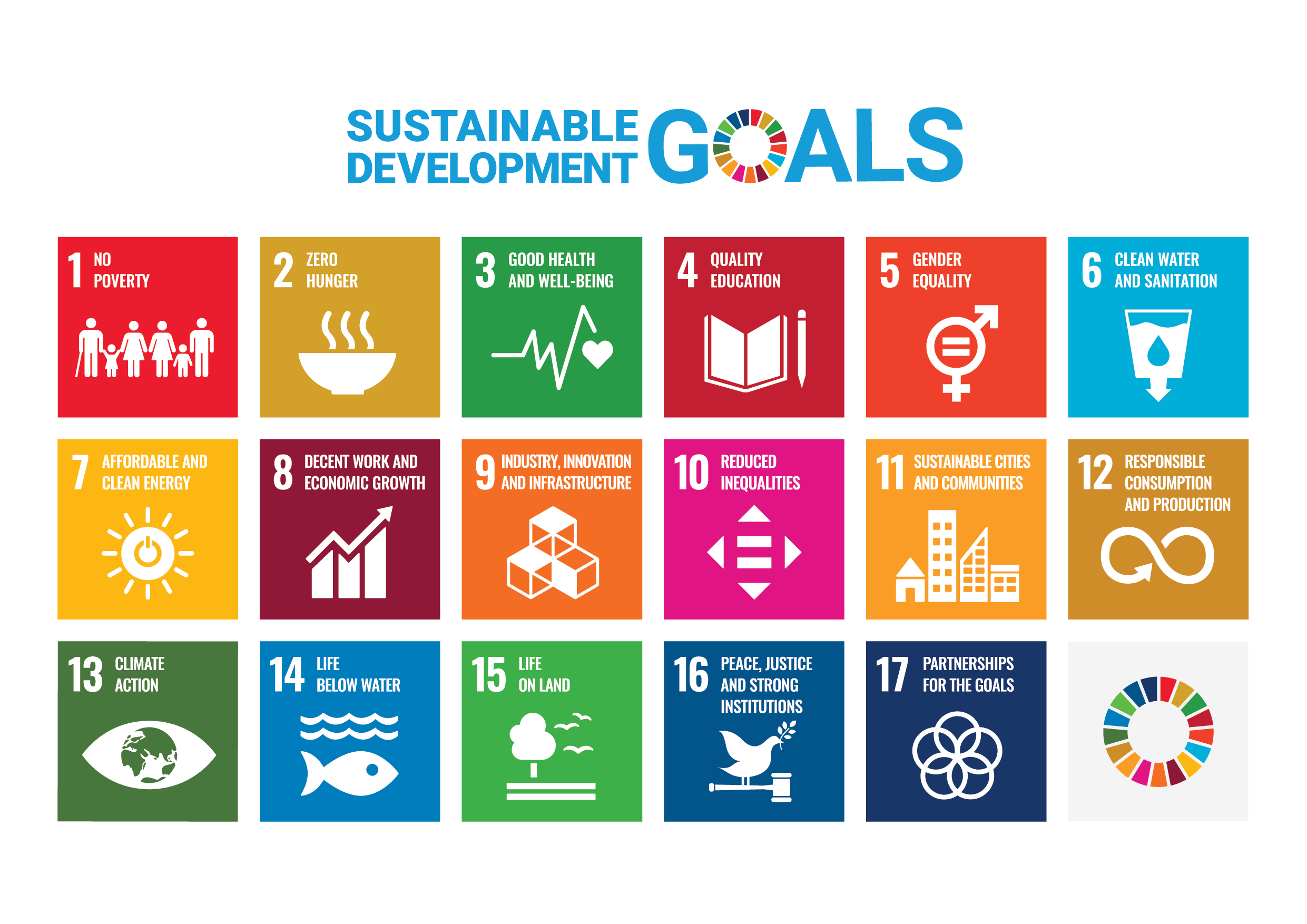By Gregg Howald, Advanced Conservation Strategies
According to the IPBES Global Assessment Report on Biodiversity and Ecosystem Services, 1 million species around the world are currently threatened with extinction. Invasive species are one of the leading causes of extinctions, which are on the rise, despite the efforts of conservationists.

In South America for example, the North American beaver – initially introduced for fur trade – has become a menace to the local ecosystem. The Tierra del Fuego Archipelago has experienced severe damage to its forests, farmland and infrastructure causing economic loss of an estimated USD$ 66 million per year to Argentina. This has a cascading effect not only on the local ecosystem but also on people’s livelihoods. The natural resources on which communities rely, supporting families to build enriching and sustainable lives, are threatened.
While the eradication of invasive species is possible in certain circumstances, the scope, scale and rate of traditional methods have proven insufficient to meet global conservation goals. Studies suggest, for instance, that trapping was only 13% effective in dealing with the North American beaver. Innovation and new tools are necessary if we are to respond to the looming crisis quickly and effectively, protect biodiversity and save livelihoods.
The current trend of biodiversity loss hampers progress on 80% of Sustainable Development Goals including those linked to poverty, hunger, and health. If these trends continue, the world may experience a sixth mass extinction which would forever change ecosystems and the values they offer. As the world convenes to set new and ambitious targets for biodiversity at COP-15 Part One, it is important to have a balanced discussion evaluating all the tools at our disposal to assist in slowing and preventing extinctions.

These include new tools under development, such as the species-specific rodenticides that allow for a more targeted approach with less risks, the use of contraception to slow population growth, or genetic techniques such as gene drive to control populations of invasive species. Assessing the scientific evidence of the potential of these new tools is crucial to stem the extinction crisis. We cannot continue with business as usual and expect new results.
In a recent op-ed on The GlobePost, I outline how innovation and the use of all the tools available could protect both biodiversity and local communities who depend on the preservation of a balanced ecosystem. As the rate of endangered species, especially on islands, grows, we should consider every avenue possible to secure the wellbeing of the earth today and in the future.
